Nothing hurts a centre forward more than the idea of a missed opportunity.
So when Christian Benteke stands in the tunnel at Selhurst Park this weekend, he could be forgiven for casting an envious look in the direction of Liverpool's No.9 and wondering what might have been.
The man wearing that shirt, Roberto Firmino, is the Reds' all-action talisman, the glue which holds together one of the world's most potent attacks. He's enjoying the best season of his career, has a Champions League quarter-final to look forward to and he's the darling of the Kop – and of Jurgen Klopp. 'Bobby' really is the man at Anfield.
Benteke's life is rather different. These days his battle is for survival, not silverware. He's a misfiring striker in a struggling side, a lumbering presence in a league which demands pace and dynamism. He's as responsible as anyone for Crystal Palace's current plight.
It is easy to forget it is less than three years since Benteke and Firmino arrived at Anfield, a pair of big-money signings designed to save Brendan Rodgers' crumbling reign.
Back then, Benteke was the 'safe' option, Firmino the 'gamble'. How differently things panned out.
The story of why one flourished and one floundered is a complex one, a tale of muddled thinking, failed transfers and a manager consumed by the pressure of one of the world's biggest clubs.
To understand it, we must go back to 2013, and the conclusion of Rodgers' first campaign on Merseyside.
It had ended fairly well, the arrival of Daniel Sturridge, and to a lesser extent Philippe Coutinho, giving the Reds the firepower their manager craved. They finished seventh, but lost just one of their last 13 games.
Still, the feeling that summer was that an extra attacker was required. Luis Suarez had picked up a suspension after biting Branislav Ivanovic, and had expressed a desire to leave the club in any case. Sturridge had started superbly, but fitness issues would never be far from the surface, it was felt.
Liverpool's recruitment team, led by Michael Edwards (now the club's sporting director), Dave Fallows and Barry Hunter, proposed Diego Costa, the Atletico Madrid striker, as a potential signing. Costa was emerging as one of Europe's finest, and positive conversations with his representatives revealed a €25m release clause in his contract.
Rodgers was unconvinced, but Edwards, Fallows and Hunter pushed hard. Liverpool triggered Costa's clause in August 2013, but he chose to stay at Atletico, penning a new deal soon after. He would help them to a La Liga title and a Champions League final before joining Chelsea the following summer.
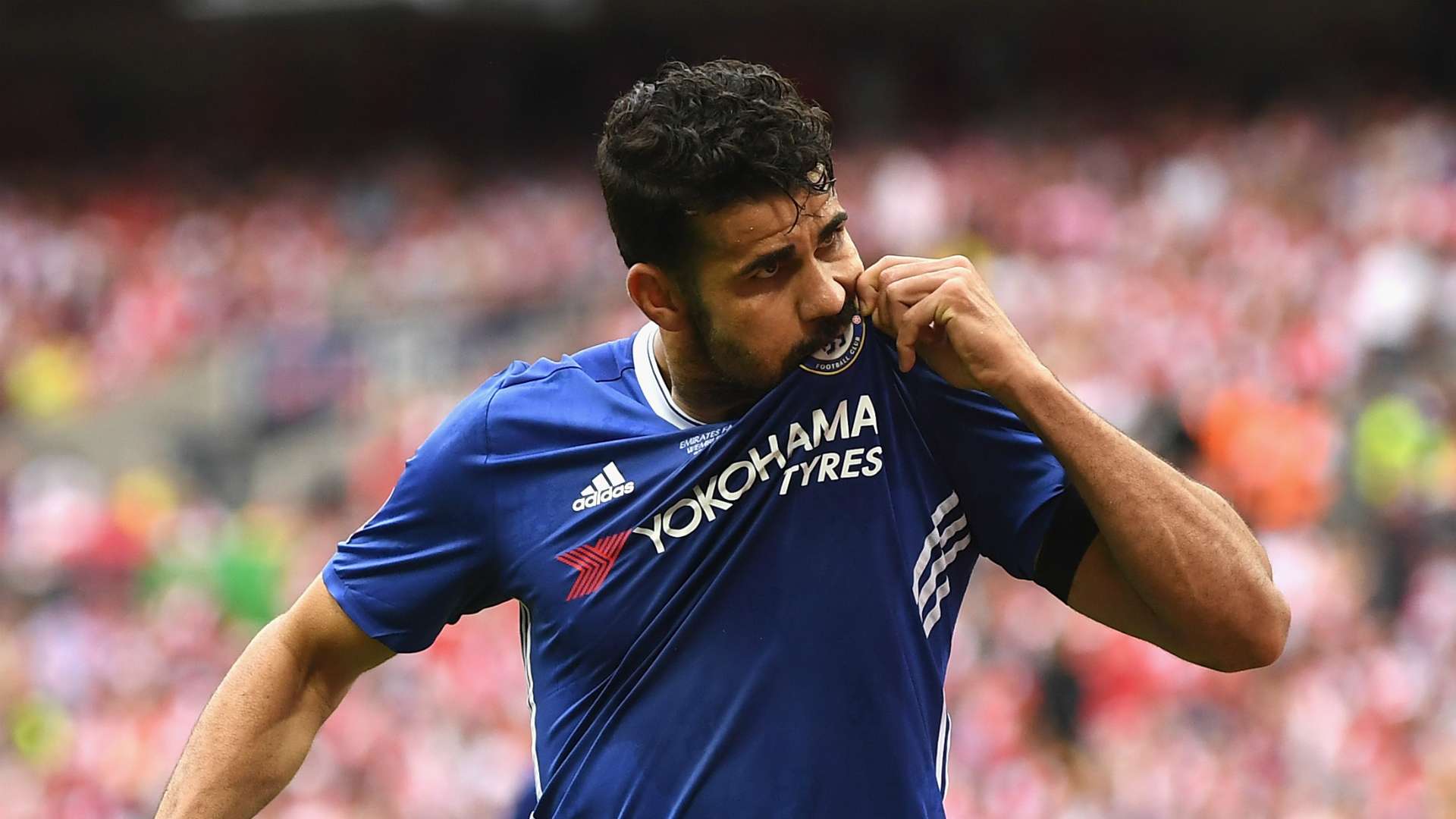 Getty
Getty
Liverpool, meanwhile, signed Iago Aspas from Celta Vigo while crucially convincing Suarez to stay another year. He and Sturridge plundered 55 goals between them as the Reds came heartbreakingly close to ending their long, painful wait for a league title.
The game which cost them – a 2-0 home defeat to Jose Mourinho's Chelsea – was the one which reinforced Rodgers' belief that another, 'different' type of striker was needed. Liverpool had struggled to break down Mourinho's massed, well-drilled defence that day. They needed, the manager felt, a 'Plan B' who would enable them to change their style, to play direct and become less predictable. Aspas, a better player than he ever showed at Anfield, was not the answer.
Rodgers' first choice was Wilfried Bony, then at Swansea. The Ivorian had enjoyed a good debut campaign in the Premier League, scoring 25 goals in all competitions - including two at Anfield.
The manager was convinced, but concerns were raised in the recruitment team. They felt Bony lacked the necessary work ethic and that the cost, in terms of both transfer fee and wages, was excessive. The plan was shelved. Bony, it should be noted, has scored just 24 goals in four seasons since.
Instead, Liverpool bought Rickie Lambert from Southampton as their 'Plan B' option, while signing Mario Balotelli as their marquee gamble to replace the departed Suarez. Both would have little or no impact at the club, managing just three league goals between them. With Sturridge crocked, Liverpool dropped from 101 goals in 2013/14 to just 52 the following season.
The 2014/15 campaign, in which Raheem Sterling had often featured as the club's No.9, finished with a 6-1 humbling at Stoke, the Reds' heaviest defeat in 52 years.
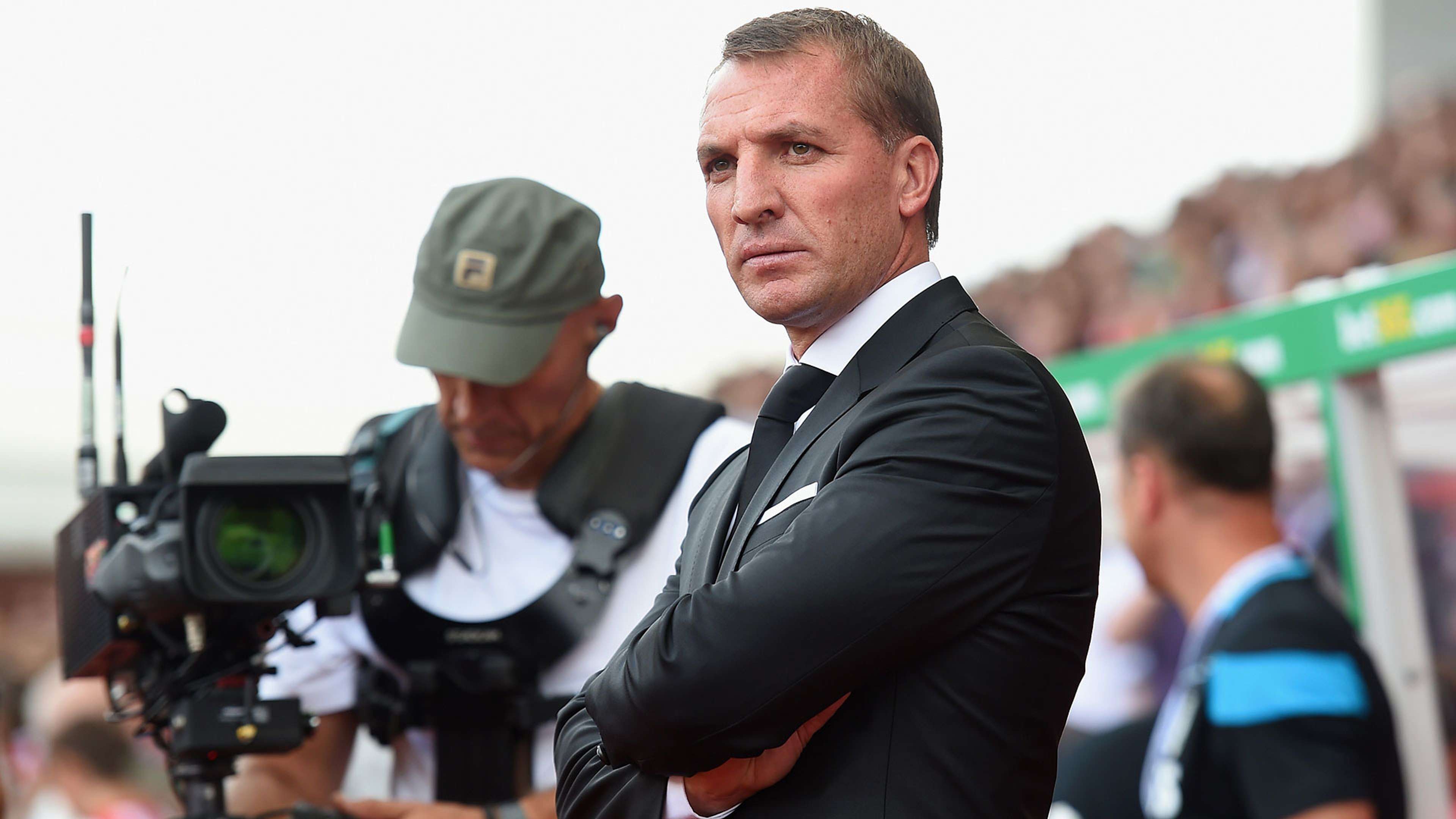 Getty Images
Getty Images
Surprisingly, Rodgers survived as manager and was given the chance to reshape his squad significantly ahead of the 2015/16 campaign.
With Bony off the table having moved to Manchester City, Benteke was now the Ulsterman's No.1 pick. Concerns were again raised – Lambert's struggles had laid bare the difficulty of fitting a target man into the team - but it was felt that, unlike Bony, the Aston Villa man would at least retain value should things fail to work out at Anfield. Rodgers' judgement was backed, Liverpool triggering Benteke's £32.5m release clause while on tour in Australia in July 2015.
By then, of course, Firmino was already on board, Liverpool having committed to a deal which could eventually cost them £29m. It was seen as a coup by the recruitment team, who had been blown away by the Brazilian's performances as a multi-functional forward with Hoffenheim.
Liverpool considered other options – Memphis Depay was tracked extensively, while Son Heung-min was discussed. Liverpool had rejected the chance to sign Son from Hamburg for just €10m in 2013, and would now watch him join Tottenham for more than double that.
Anyway, Firmino, was 'the one' as far as Edwards and Co. were concerned. Liverpool's 'transfer committee' received plenty of criticism during Rodgers' reign, but their commitment to pushing through this signing was absolute, and has been rewarded since.
And contrary to what many think, they were always convinced Firmino could flourish as a No.9 in England.
Rodgers, though, had asked for Benteke and Liverpool, despite the Stoke debacle and plenty of internal fears, were keen to back him. He also had a shiny new backroom team, with Gary McAllister and Pep Lijnders joining and Sean O'Driscoll a surprise choice as assistant manager.
McAllister's influence, as both a club legend and a smart, measured personality, was welcomed while Lijnders made a big impression on players and staff with his innovative coaching sessions.
O'Driscoll's impact, though, was seen by many at the club as a negative one.
He was quick to voice doubts about Firmino in particular, stating regularly (and openly) that he couldn't understand where he should play or why he'd been bought. Whether Rodgers, who was rather more positive in his initial assessments, listened to him or not is unclear, but Liverpool began the season with Benteke up front and Firmino on the bench.
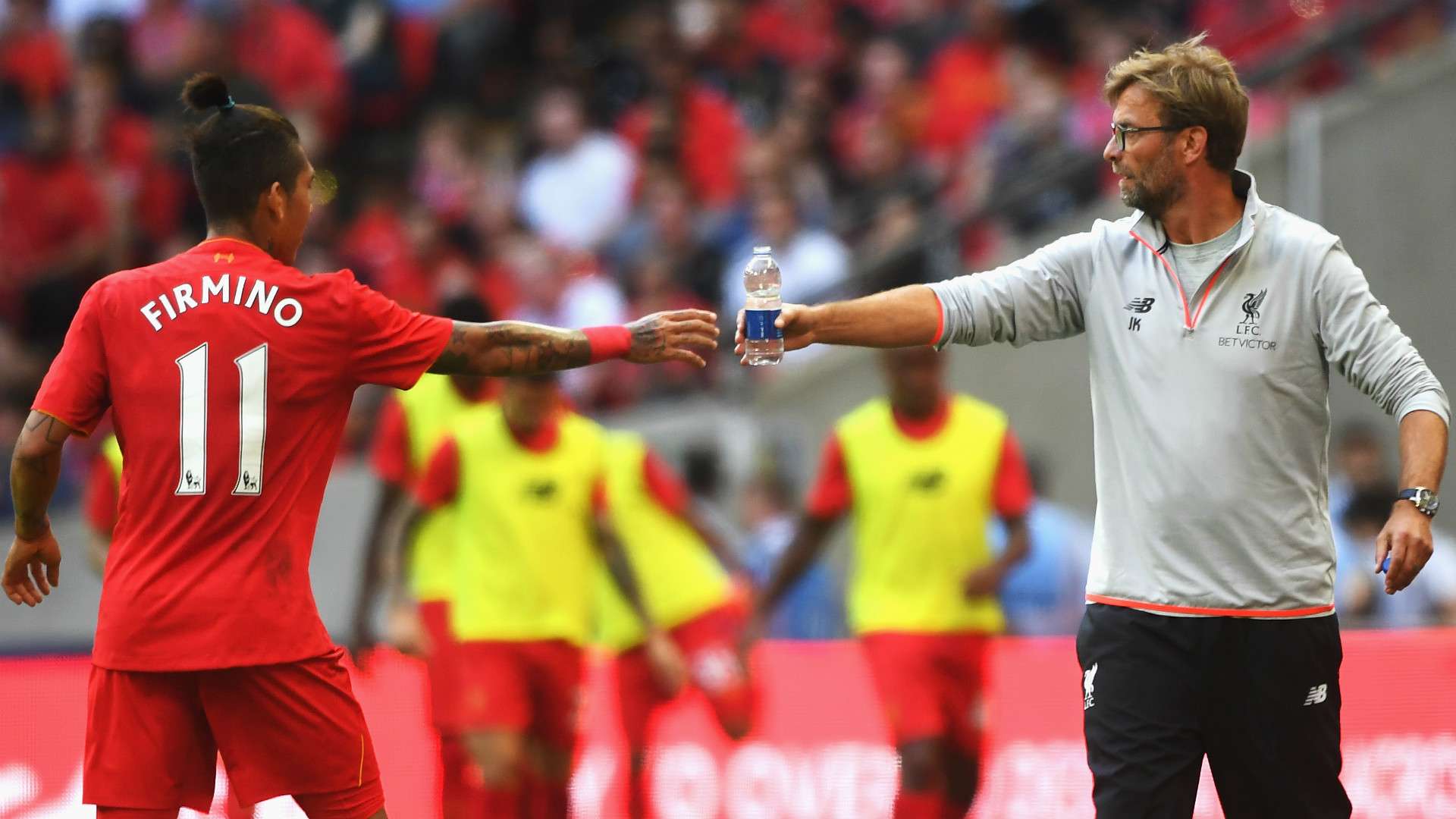
Things went OK initially, back-to-back wins over Stoke and Bournemouth and a creditable draw at Arsenal hinting at a resurgence. Benteke grabbed the winner against Bournemouth, and missed a huge chance to do the same at the Emirates.
But a 3-0 home shelling against West Ham – Firmino's first Anfield start – was the beginning of the end for Rodgers. He would win just one more game as Reds boss before being relieved of his duties in early October. Five days later, Klopp was confirmed as his successor.
The German arrived with a smile on his face, enthused by the prospect of working in England, and with a squad of players he felt were better than they had shown.
Firmino, in particular, was one he was looking forward to seeing.
“He was a player I thought was one of the best in the Bundesliga,” he would later say. “So when I saw that Liverpool had signed him, I thought: 'How could Liverpool do this?'
"Oher clubs would have spent more on him so I thought immediately: 'What a good transfer for them.'”
Both Firmino and Benteke missed Klopp's first game as manager, Divock Origi leading the line in a goalless draw at Tottenham.
The first sighting of the future, though, came in a Halloween clash at Stamford Bridge.
Benteke, despite a goal in his previous game, was benched, Firmino starting as Liverpool's central striker. His elusive movement, work rate and sure touch were key as Klopp picked up his first Premier League win – though Benteke, it should be noted, emerged from the bench to wrap things up.
Three weeks later came even clearer evidence of Firmino's suitability as a No.9, Liverpool thrashing Manchester City 4-1 at the Etihad with the Brazilian picking up his first Reds goal. He looked every inch the player Liverpool's scouts had spoken of.
Benteke got chances – he scored back-to-back winning goals against Leicester and Sunderland over the Christmas period, for example – but his presence in an FA Cup third round tie at Exeter in January showed the pecking order. The big Belgian captained a side including the likes of Pedro Chirivella, Tiago Ilori, Ryan Kent and Jerome Sinclair. He failed to score.
The writing was on the wall at that point, with Firmino the starter and Origi his preferred understudy. After Exeter, Benteke would start just four more games for Liverpool – two in much-changed FA Cup sides, two in dead rubber Premier League contests. He would score just three more goals, though Anfield staff were quick to praise his application and attitude during what was clearly a frustrating period for the player.
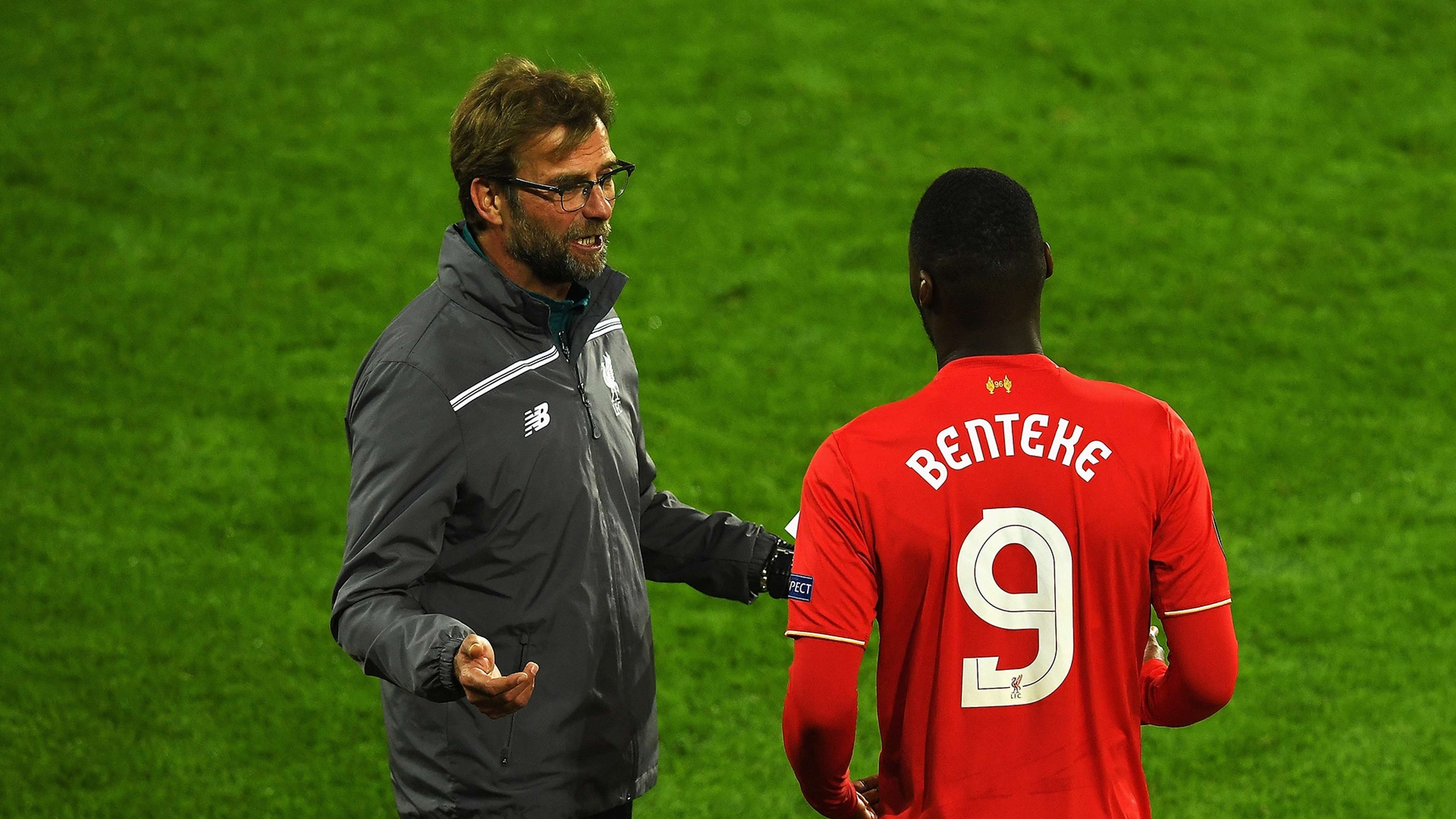 Getty Images
Getty Images
By the summer of 2016, the end had come, conversations between manager and player confirming the fact. And as Edwards and Co. had predicted 12 months earlier, there were no shortage of clubs willing to pay good money to rescue him.
Palace were the ones who got him, paying an initial £27m, and were rewarded with 17 goals last season. Two of them, naturally, came in a win at Anfield.
This season has been rather more difficult, but this weekend Benteke gets the chance to renew rivalries with his former club – and his former boss.
He has, to his credit, resisted the temptation to criticise Klopp since his departure. “It's not in my nature,” he said after that Anfield game last year. He can expect a warm handshake, if not a bear hug, at the final whistle on Saturday evening.
As for Liverpool, they've moved on nicely. The dog days of the Rodgers era feel a long way away now. With Firmino leading the line, and the charge, they're aiming high.
Who knows, maybe even all the way to Kiev and the Champions League final?





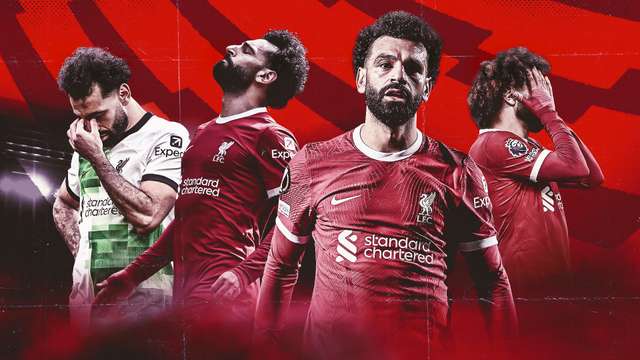

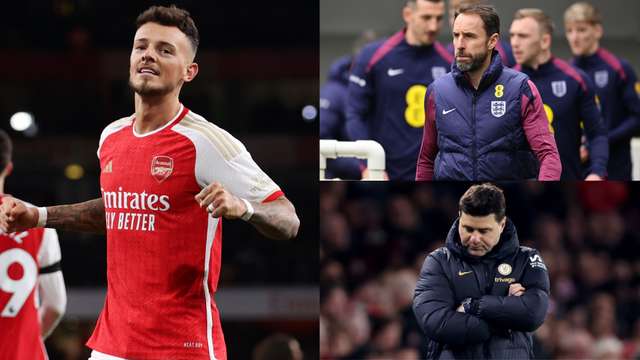
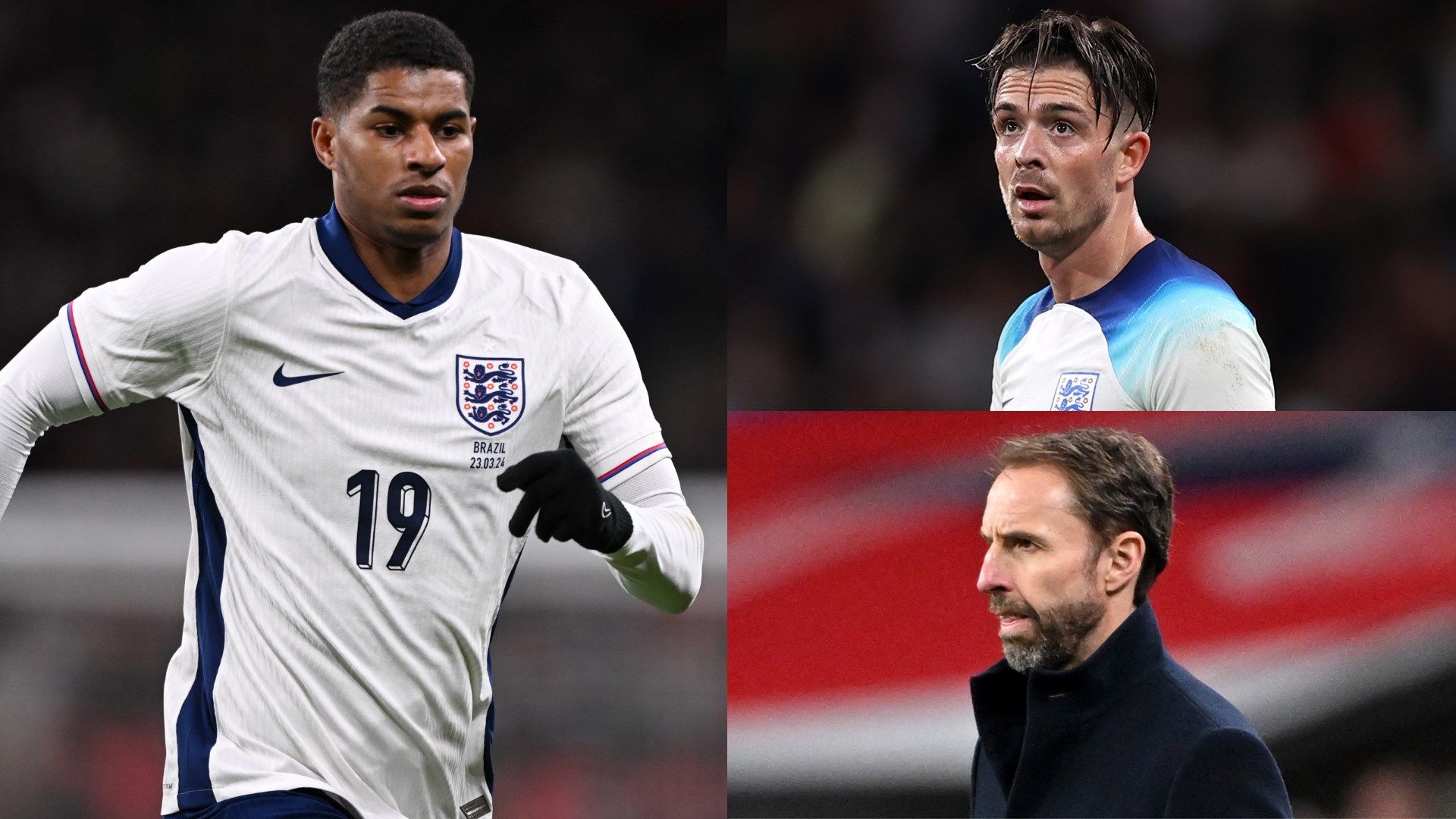.jpg?auto=webp&format=pjpg&width=640&quality=60)